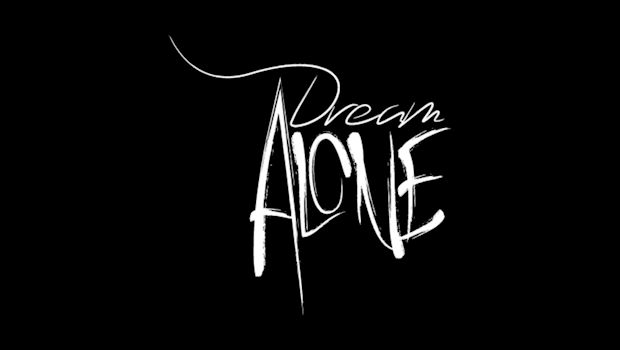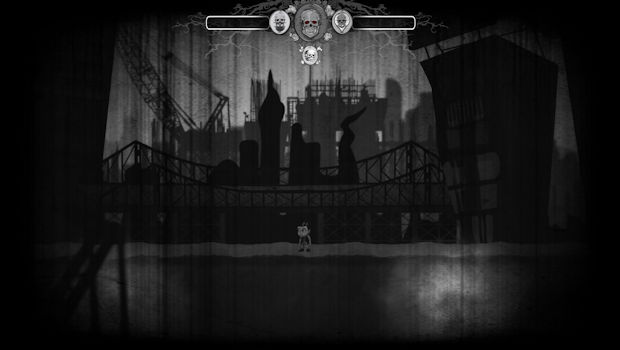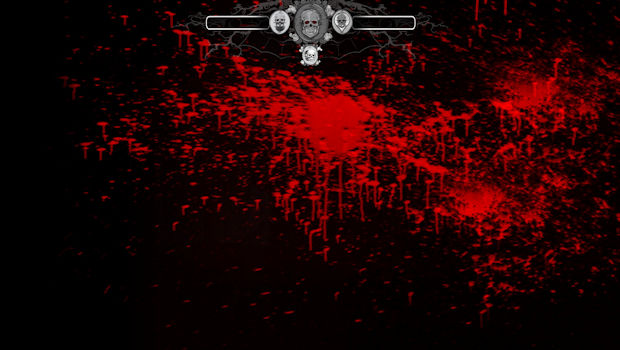Since the debut of Playdead’s Limbo, there have been a steady handful of independent studios trying to capture the look, feel, and success of the critically acclaimed platformer. None though have managed the feat quite as well as WarSaw Games debut title, Dream Alone. At a quick glance you may even mistake Dream Alone for Limbo but only at first glance because Dream Alone puts its own spin on the puzzle platformer genre.
Dream Alone’s story follows a little boy as he sets out on a dark adventure to find Lady Death and bring his family back from their tragic demise. The story starts out promising, if a bit generic, however it quickly loses its own thread. I attribute some of this to the mediocre translation that the game received, ripe with awkward phrasing and voice over that doesn’t match the subtitles. But thankfully Dream Alone’s story is just setting for the dark levels that populate the game.
Dark in this case refers to both the technical and artistic design of the game’s levels and visuals. Artistically the game is mostly black and white with occasional bursts of sepia toned coloring or red blood splatter (for when the boy dies gruesomely). WarSaw also decided to utilize a dark filmlike filter that centers all the light on the center of the screen with everything on the fringe getting darker and darker. It’s a cool visual style and one that gives Dream Alone a unique look but it does cause some issues with the game becoming a bit too dark to play at points. I had to up the brightness in a few spots and it did little to make the level more visible.
This inability to see aspects of the game works to both its benefit and detriment. It certainly matches the artistic style and when paired with the gameplay it creates a tense experience. However it can also feel extremely frustrating when the game requires precision platforming and darkness impairs your vision forward. And while I know they aren’t really cheap deaths that spawn from those moments, it still feels unfair. If I was the controller throwing type, I most certainly would have thrown it more than once.
But that is the thing with Dream Alone, the platforming already requires the player to be spot on in many instances. Precision jumping and precision timing are often the keys to advancing forward. Failure, either due to not performing precisely or because of darkness forcing you to jump blindly, results in a violent and bloody death and a kick back to the nearest checkpoint. Fortunately I mostly felt the checkpoints were fairly placed, requiring you to rerun some but not all of the previous gauntlet.
Gauntlets might be the best description for the level design WarSaw Games has come up with. The boy is fragile. If he hits an enemy, he dies. If he hits an obstacle, he dies. If he falls in a pit, he dies. And he will die a lot, or at least I died a lot. But each run through a checkpoint gives you a little more information to progress to the next area.
Dream Alone though isn’t just jumping over deadly obstacles and enemies in the boy’s way, there are plenty of puzzles to solve in coordination with the precision platforming. The boy gains three abilities on this journey. The first is the ability to shift between dimensions. Shifting will bring the boy to a sepia toned dimension that has many similarities to the primary world but also a key difference that will often be the key to progressing. Some of the puzzles may require the boy to shift dimensions and backtrack to reach a higher platform or possibly pair with other powers to solve more complex puzzles. The other two powers the boy gains are the ability to light even darker areas with a magic light and to produce a stationary clone that can pull levers that require timing or two to be activated at the same time. The best puzzles in the game require multiple powers and precision platforming to solve and when you succeed, it feels really good.
Dream Alone as a whole, mostly feels really good too. There are some low points, like the excessive darkness and nonsensical stoory but most of it is just what you want from a platformer like this. Its moody and atmospheric, of which the phenomenal soundtrack helps solidify, and the gameplay is challenging but rarely punishing of constant failure (there are still those rage inducing moments though). It is of course, not perfect, but few things are and it does enough to set itself apart from the indie platforming pack that I can easily recommend it.
This review was written with material provided from the developer for the PC. For more on our review process, please read here.


